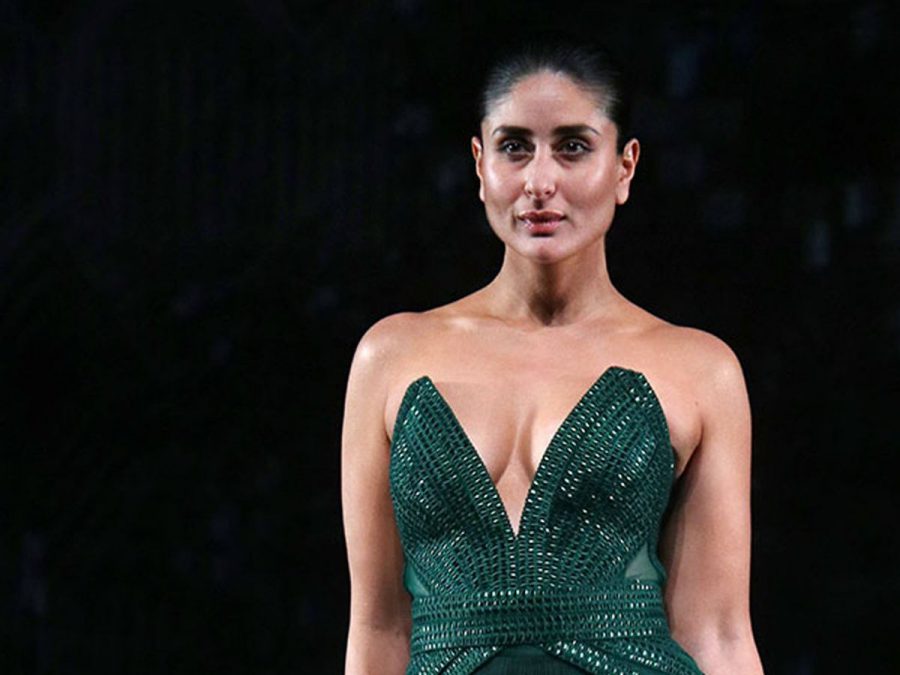
Part – 1
India In The World : Looking Outward
The prospect of global engagement has always confounded India. Almost from birth, our nation espoused the principle – if not the actual practice –of non alignment in foreign policy. When Nehru first articulated this approach, neutrality made sense the Cold War had left the world bitterly polarised between two nuclear – armed powers and alienating either seemed risky. Why choose a side if you don’t have to ? ‘ We must be friendly to both ( the Russian bloc and the Anglo – American bloc) and yet not join either’, Nehru wrote to K.P.S. Menon, India’s first ambassador to China in 1947. ‘ Both America and Russia are extraordinarily suspicious to each other as well as of other countries. This makes our path difficult and we may well be suspected by each of leaning towards the other’.
In fact , India was already leaning towards the Soviet Union, with whom Nehru felt a closer ideological affinity . ‘ Personally, I think that in this worldwide tug-of-war there is on the whole more reason on the side of Russia’ , he wrote to his sister in 1946. By contrast , he considered the US crass and materialistic – if he considered it at all. Before he visited America in 1949 , he had ‘ simply never given the subject much thought’ Time Magazine reported . ‘ As a British university man, he has perhaps looked down snobbishly at American deficiency in culture. As a sentimental socialist , he has ticked off the US as unrivalled in technology but predatory in its capitalism’. Clearly, Indian ‘ non- alignment’ had distinctly anti- Western bent. And this duplicity – avowing neutrality while siding with the Soviet Union – shaped India’s foreign relations for decades to come, fuelling exasperation and mistrust in the West and pushing the US into a closer embrace with Pakistan.
Thankfully, the collapse of the Soviet Union made non- alignment unnecessary . With the end of the Cold War, India gradually began to shed the constraints of neutrality , despite resistance from some of the old foreign- policy establishment. It is no accident that this shift started during Delhi’s first foray into economic liberalization in the early 1990’s, which introduced Indians to both the rewards and the global responsibilities of rapid growth.
The dawn of the new twenty- first century brought new geopolitical opportunities for India and the other fast – developing nations christened the BRICS ( Brazil, Russia, India, China and South Africa). In the first decade of the new millennium , the twin catastrophes of 9/ 11 and the 2008 financial meltdown deeply shook America, weakening its position as the world’s sole superpower. With the US suddenly vulnerable and preoccupied with wars in Iraq and Afghanistan, the BRICS – especially China – stepped into the void, asserting themselves in the economic and diplomatic spheres. They got a boost from the forces of globalization, which levelled the playing field and transformed the very nature of geopolitical power.. No longer could a strong, successful state impose global influence solely through its military , the new world order valued economic prowess – leveraged by citizens, businessmen and non- governmental agencies through trade, aid and culture capital – above all else. For India and other rapidly rising countries with huge populations and untapped potential, that shift opened up a world of new possibilities.
As India’s economy grew, Delhi gradually adopted a larger and more defined role in global affairs, increasingly willing to take a principled stand on matters of national – and international – importance. Still , we struggled to win the world’s respect, denied a seat on the United Nations ( UN) Security Council and membership in the Group of Seven ( G7) – even though India’s economy is bigger than both Canada’s and Italy’s, which do belong to G7. Such snub only feed our national insecurity and spur greater defensiveness.

When Modi took office in 2014, he enthusiastically advanced the narrative of India as a leading power, and Indian confidence swelled. The government abandoned all vestiges of non- alignment and introduced an expansive new policy of multi- alignment, centred on increasing engagement – bilateral as well as multilateral and with friends as well as rivals. Delhi revitalised its partnership with Washington, stepped up its leadership in Southeast Asia and artfully managed China through a balance of engagement and containment. Modi took a more assertive stand against Pakistan, retaliating against persistent small- scale cross- border attacks with open and unapologetic surgical strikes, rather than employing covert actions while pretending to ‘ turn the other cheek’. And he gave maritime strategy top priority, particularly in the Indian Ocean, with a focus on new security agreements and greater cooperation with India’s democratic neighbours; in 2015 , Delhi agreed to build its first overseas military base in Seychelles.
Modi himself relished the role of traveller-in- chief. In his first three and half years in office , he visited forty – nine countries- including the US four times – and met with dizzying array of heads of state, foreign dignitaries and business leaders, among others. His tireless jet-setting may have helped elevate India’s standing abroad, but it earned him ridicule at home, with critics mocking his jovial banter and awkward bear hugs. In retrospect , all that time on the road might have been better spent overhauling India’s economic policy. But Modi was determined to demonstrate his commitment to multi- alignment ; in 2016 , he became the first Indian leader since 1979 to skip the annual Non – Aligned Movement Summit.
In keeping with this mandate, India has asserted itself diplomatically in sophisticated new ways. While continuing to seek entry into traditional Western – dominated international organisations such as the Nuclear Suppliers Group, Asia- Pacific Economic Cooperation ( APEC) and the UN Security Council – as well as gain commensurate influence with the West in bodies such as the World Bank and the IMF – Delhi has also embraced the newer, more nimble BRICS – based alternatives, such as the Asian Infrastructure Investment Bank ( AIIB) and the Shanghai Cooperation Organization.
(Extracted from Super Century – WHAT INDIA Must DO TO RISE BY 2050 By Raghav Bahl. Part 1 India In The World, Looking Outward, With Permission from Penguin Random House India )


















